Today, it’s nearly impossible for people to avoid the occasional (or even frequent) influencer marketing campaign in their day-to-day lives—whether they’re scrolling on social media, streaming the latest episode of their favorite show, playing a mobile game, or even driving down the highway. And if one thing is certain, it’s that influencer marketing is always changing.
For example, more brands have started to opt for working with micro or nano influencers, who have significantly fewer followers than mega or celebrity influencers. Interestingly, because they have more tight-knit communities within their niche, micro and nano influencers tend to have the highest engagement rates, meaning a stronger connection and engagement with followers to benefit a brand.
Other influencer marketing trends include brands opting for ongoing partnerships with influencers rather than a single sponsored post, performance-based partnership deals, and a greater focus on “authenticity.” Plus, with continuously emerging and evolving social media platforms, it’s likely that influencer collaborations will also shift to meet those needs.
Let’s dig into why influencer marketing campaigns work and take a look at some examples to see it in action.
What Is an Influencer Marketing Campaign?
An influencer marketing campaign is a strategic partnership between brands and social media influencers to promote products or services to a target audience. These campaigns can take many forms, including sponsored posts, product collaborations, discount codes, affiliate links, and user-generated content. The goal is to leverage an influencer’s social media presence, credibility, and engaged audience to boost brand awareness, drive sales, and enhance social media marketing efforts.
Why an Influencer Marketing Campaign Is a Great Marketing Tool
Influencer marketing campaigns are one of the most effective strategies for reaching potential customers in 2025. Here’s why:
- Building Authenticity & Trust: Similar to the word of mouth effect, people trust recommendations from influencers they follow more than traditional ads.
- Reaching a Targeted Audience: With influencer marketing, brands can reach niche audiences that align with their ideal customers by working with certain influencers.
- High Engagement Rates: Social media influencers create relatable, engaging content that drives real interactions.
- Cost-Effective Marketing Strategy: Partnering with micro and niche influencers can provide strong ROI without the high costs of traditional media campaigns.
- Boosting Social Media Presence: Influencer campaigns help brands stay relevant, create shareable content, and increase social media engagement across platforms.
Now that we’ve uncovered the power of influencer marketing campaigns, let’s dive into some of the most standout ones we’ve seen in 2025 so far. These brands have truly nailed it, creating buzz and connecting authentically with their audiences.
9 Influencer Marketing Campaigns That Caught Our Attention
1. Calvin Klein’s Collaboration With Cha Eunwoo
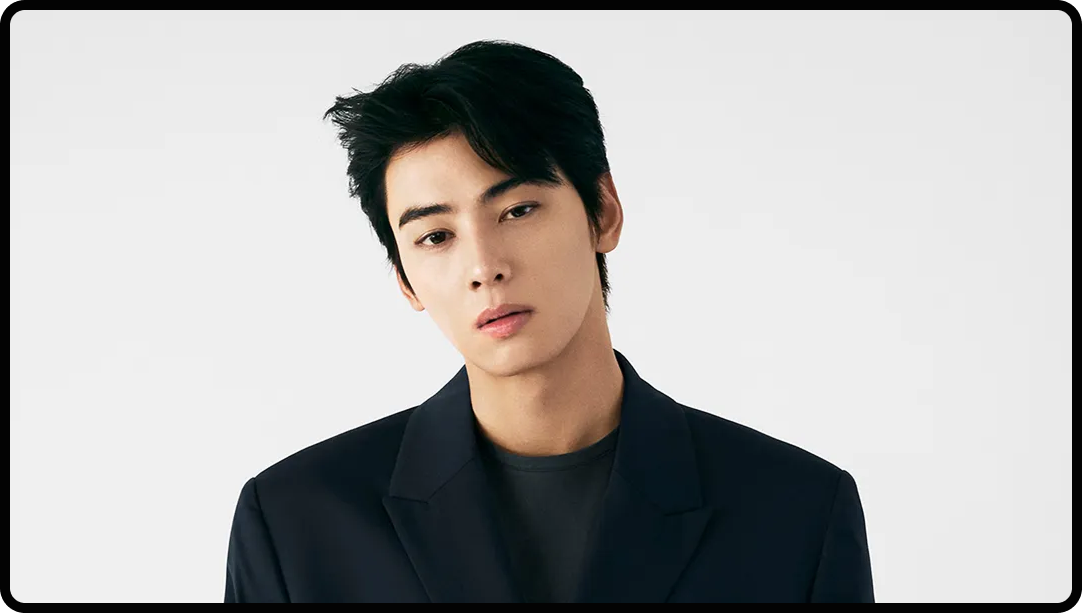
Calvin Klein teamed up with South Korean singer and actor Cha Eunwoo for their Spring 2025 campaign. Shot by Dai Yamashiro, the campaign featured Eunwoo in iconic Calvin Klein pieces against urban backdrops. His involvement brought a fresh, youthful vibe to the brand, resonating with fans globally. (teenvogue.com)
Why It Worked: Eunwoo’s massive Gen Z fanbase across Asia drove global reach, while his clean aesthetic aligned perfectly with Calvin Klein’s modern image, boosting engagement and earned media.
2. Bumble’s “Intersection of Dating and Culture” Series
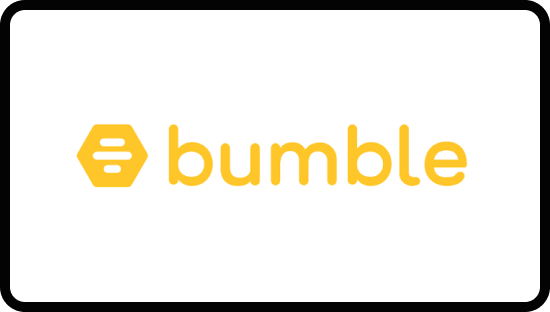
Bumble launched a unique campaign exploring the connection between dating and culture. By collaborating with influencers who shared personal stories, Bumble fostered authentic conversations and increased user engagement on their platform.
Why It Worked: The campaign felt authentic and inclusive, turning Bumble into a platform for real conversations—not just swipes—and helping them connect with underrepresented audiences.
3. Doritos’ “Crash the Super Bowl” Revival
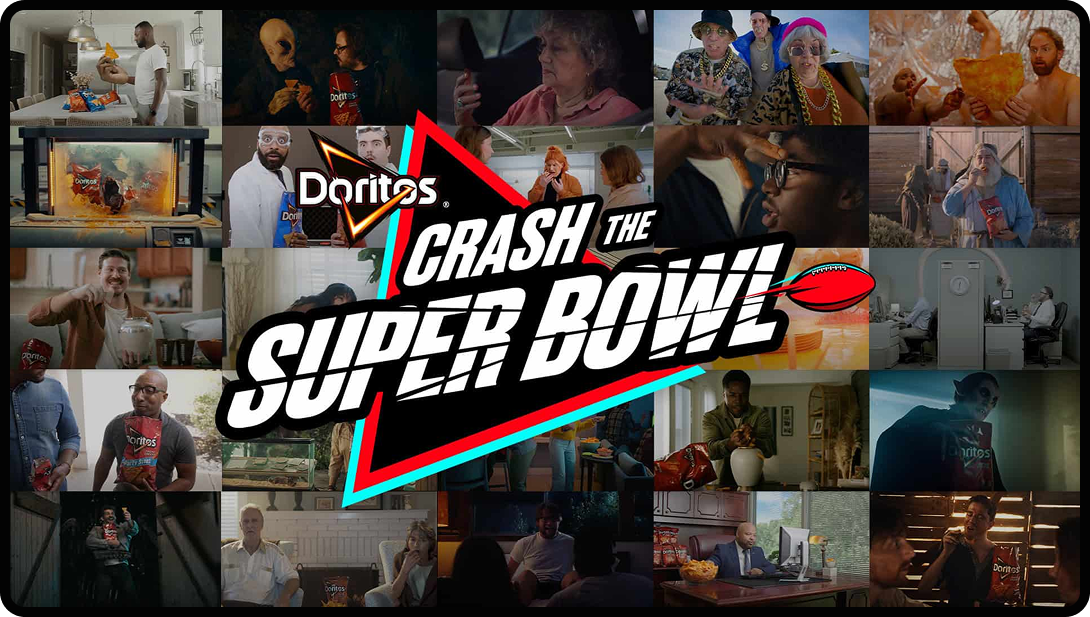
Doritos brought back their iconic “Crash the Super Bowl” campaign, encouraging fans to create and share their own commercials. This user-generated content approach not only engaged their audience but also provided fresh, creative advertisements for the brand.
Why It Worked: While not influencer marketing by definition, Doritos gave their customers a chance at the spotlight. By empowering creators and UGC, the campaign reignited nostalgia while tapping into today’s participatory culture, driving viral content and emotional connection.
4. Rhode’s Pastel-Themed Influencer Unboxings
Rhode opted for a pastel-themed unboxing experience with top influencer @ElmaBeganovich. This approach highlighted the brand’s aesthetic and created a visually appealing experience that resonated with followers.
Why It Worked: The campaign capitalized on aspirational branding and TikTok’s unboxing trend, resulting in high shareability and massive UGC amplification.
5. Prada’s “Sound of Prada” Event
Prada’s “Sound of Prada” event showcased their strong digital performance by blending fashion with cultural engagement. This strategy highlighted the importance of connecting with audiences beyond traditional fashion showcases. (voguebusiness.com)
Why It Worked: The event positioned Prada as culturally relevant and experiential, creating buzz through immersive storytelling and leveraging influencers as lifestyle conduits.
6. Miu Miu’s Audience-Centric Campaigns
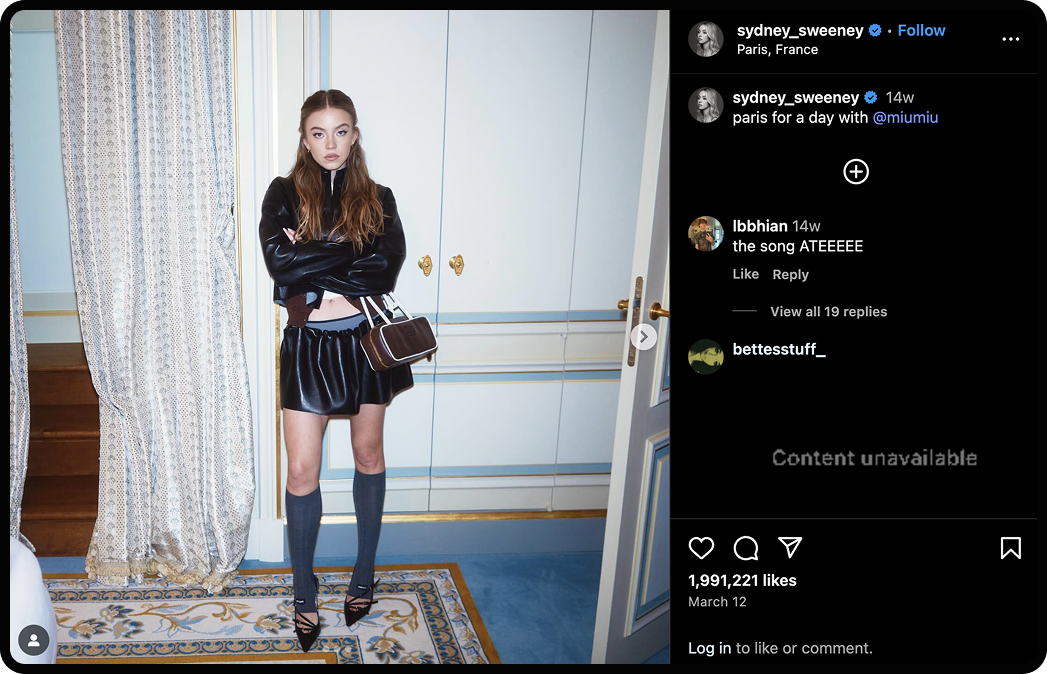
Miu Miu’s rise in 2025 can be attributed to their keen understanding of their target audience’s cultural and aesthetic preferences, leading to highly successful influencer collaborations. In 2025, they collaborated with micro and mid-tier influencers to share real-life styling moments and UGC rather than the polished editorial shoots often expected of lifestyle brands.
Why It Worked: This approach created intimacy and relatability, expanding brand appeal beyond luxury circles and encouraging community participation.
7. Ami Paris’ Celebrity-Centered Marketing
Ami Paris utilized traditional celebrity-centered marketing, collaborating with well-known figures to enhance their brand presence and appeal to a broader audience. These classic, editorial-style moments were then “organically” amplified through influencer social channels and TIkTok fashion reviews.
Why It Worked: Ami Paris married culture and influence (in the traditional sense) with digital amplification, turning celebrity moments into easily shareable fashion content that reinforced the brand’s aspirational status.
8. Jacquemus’ Playful Behind-the-Scenes Content
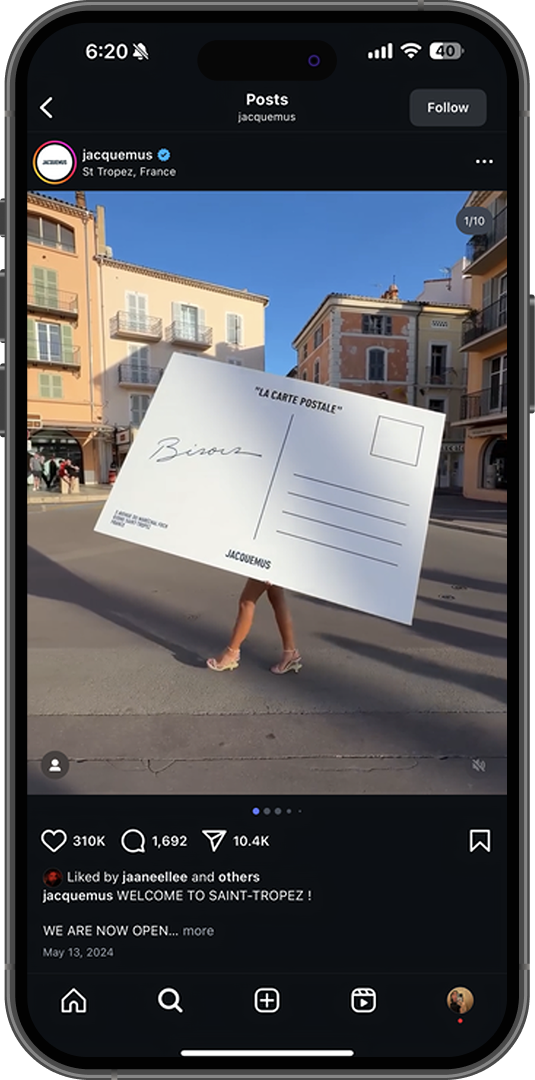
Jacquemus presented playful, behind-the-scenes content, offering followers a glimpse into the brand’s creative process and fostering a sense of community.
Why It Worked: This tactic broke luxury’s fourth wall with charm and humor, making the brand feel human, fresh, and extremely viral—especially with Gen Z.
9. Colorful Socks’ Collaboration with @ElmaBeganovich
Colorful Socks partnered with top influencer @ElmaBeganovich, who created engaging content showcasing the brand’s products, effectively reaching a niche audience.
Why It Worked: Elma’s credibility in fashion and editorial content elevated the brand aesthetic, while her global audience provided broad yet targeted exposure.
Final Thoughts
Influencer marketing is complex in its nature, ranging from low-budget to high, involving nano-influencers or celebrities, extending across multiple platforms, and can reach a wide variety of audiences if used right.
These campaigns showcase the power of influencer marketing when executed thoughtfully. By aligning with the right influencers and creating authentic, engaging content, brands can effectively reach their target audiences and achieve remarkable success.
Whether through celebrity endorsements, micro-influencer partnerships, or interactive social media campaigns, influencer marketing remains a game-changing strategy in 2025.





